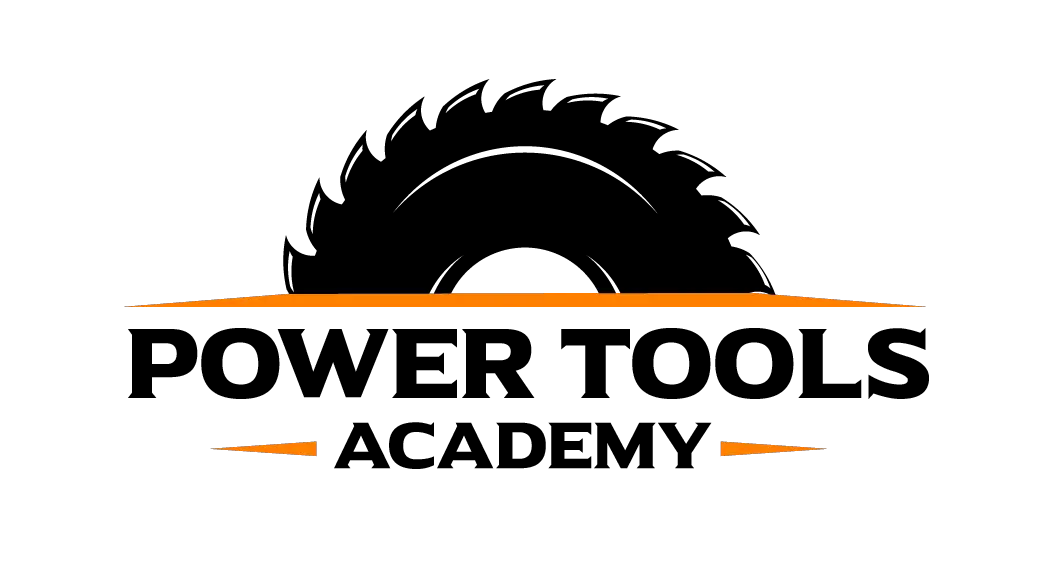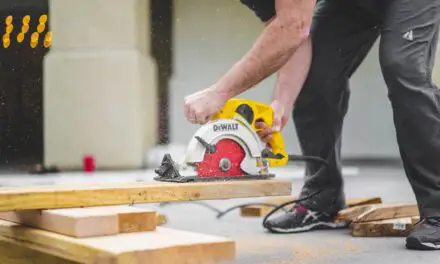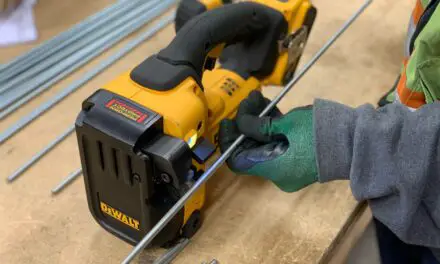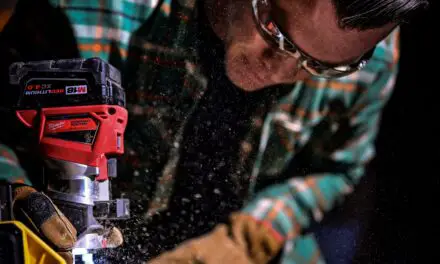Circular saws are one of the most versatile and popular types of saws on the market. Circular saws are great for many different kinds of projects, including woodwork, masonry, and metalwork. But, some wonder if the blades these circular saws use are universal.
Circular saws do not feature universal blades. The blades come in various shapes and sizes, and you will need a different type depending on the material you are working with.
Below, we’ll discuss how you can find the right circular saw blade for the job at hand. Keep reading to learn everything you need to know!
Are Circular Saw Blades Universal?
Circular saw blades are not universal. These saws are effective for many types of projects, but different blades have different sets of uses.
The most popular types of circular saw blades include:
- Cross-cut
- Ripping
- Fine-tooth finish
- Dry-diamond
- Plywood
The type of blade you’ll need depends on the project you’re working on.
Below, we’ll discuss what each of these five blades is best used for.
Cross-Cut Blades
Cross-cut circular saw blades are best when you’re working with short-grain wood.
When looking for the best cross-cut saw blade, there are a few things to consider.
First, you must consider how many teeth you need on your blade. Typically, cross-cut blades have 60 to 80 teeth. The more teeth, the smoother the cut will be.
You also need to look at the bevel of each tooth. Cross-cut blades have an alternating tooth bevel.
This means each tooth leans in alternating directions. This provides a cleaner cut and allows for better airflow while cutting wood or other materials.
Ripping Blades
Ripping saw blades are designed for, as the name suggests, efficient and smooth ripping.
They have a low tooth count, between 24 to 40, and large gullets that combine to make them fast and aggressive for a flat, precise cut.
Without these large gullets, the blade could overheat.
Fine-Tooth Finish Blades
The fine-finish blade is the perfect choice for anyone who wants to make clean, smooth cuts. They’re a popular choice for trim carpenters.
This blade has a unique angle that produces extremely smooth cuts.
It also has a high tooth count, which means it can cut more aggressively than other blades.
Fine-tooth finish blades are ideal for cross-cutting strong woods, like oak and pine.
Because they cut so smoothly, you won’t need to spend any time sanding down your cuts.
Dry-Diamond Blades
Dry-diamond blades are a must-have tool if you’re looking to cut through concrete, brick, tile, or asphalt.
Each comes with a different style, shape, and groove, which come into play in its ability to cut.
Plywood Blades
Cutting plywood requires a unique type of blade.
Plywood chips easily, so you need a circular saw blade that’s sharp enough to cut through the material without producing splinters.
These blades tend to have more teeth than most, usually in the range of 40 or more.
These blades are designed for use on fine material and will help minimize splintering as you cut.
What Do the Numbers on Circular Saw Blades Mean?
You’ll see many different numbers when you look at a circular saw blade. But, what do all these numbers mean?
The first number on a circular saw tells you the diameter of the blade. The larger this number is, the wider your cut will be. The second number represents how many teeth are on the blade. The higher this number is, the finer your cuts will be.
What Type of Circular Saw Blade Do I Need?
The type of circular saw blade you buy will depend on the project you intend to use it for. But if you want to make a lot of different cuts, an all-purpose circular saw blade might be right for you.
All-purpose blades are designed to make clean cross-cuts while also aiding in ripping.
They have around 50 teeth, arranged in sets of five.
This is one of the most frequently used saw blades and can be used to cut both across and parallel to the grain.
In Conclusion
Circular saw blades are not universal.
The main reason is that many different types of projects require circular saws, and every project won’t require the same blade.
Whether you’re using your circular saw for woodworking, masonry, or anything else, having the correct blade is essential to successfully cutting any material.
Always select the appropriate blade type for the task at hand, and make your safety a priority when cutting any materials with a circular saw.





